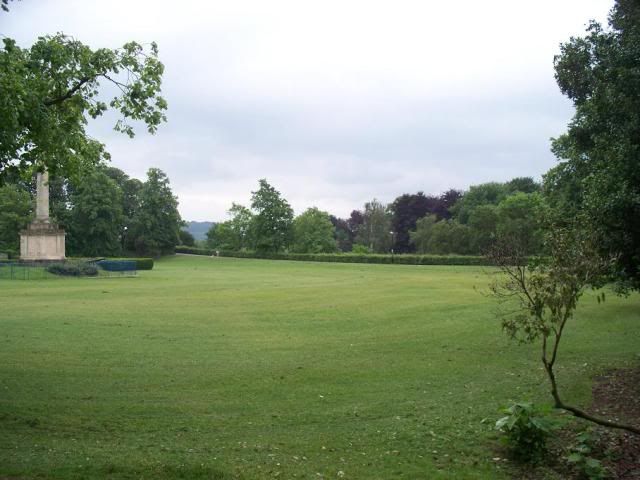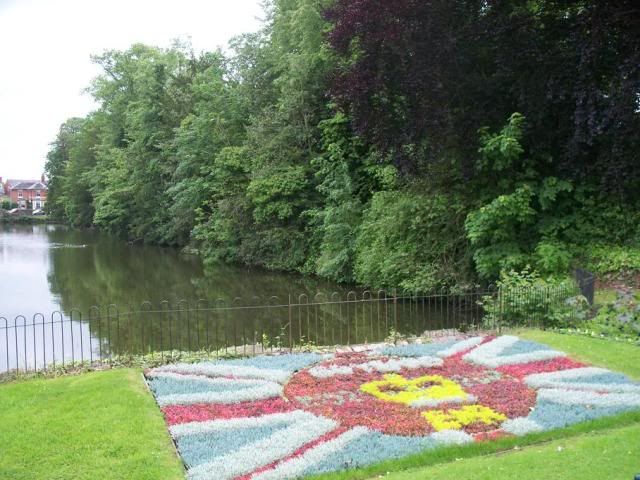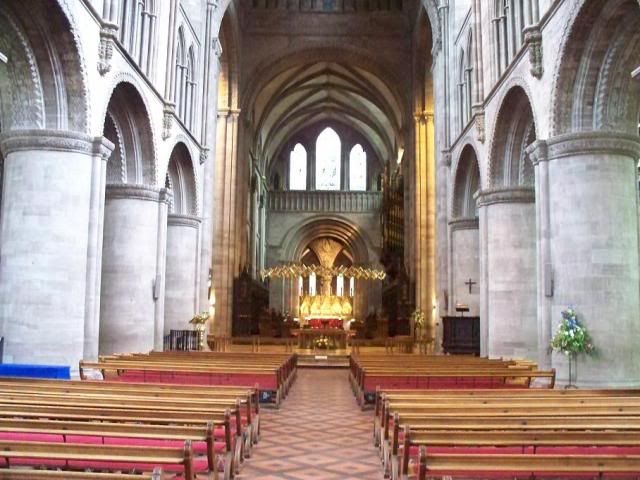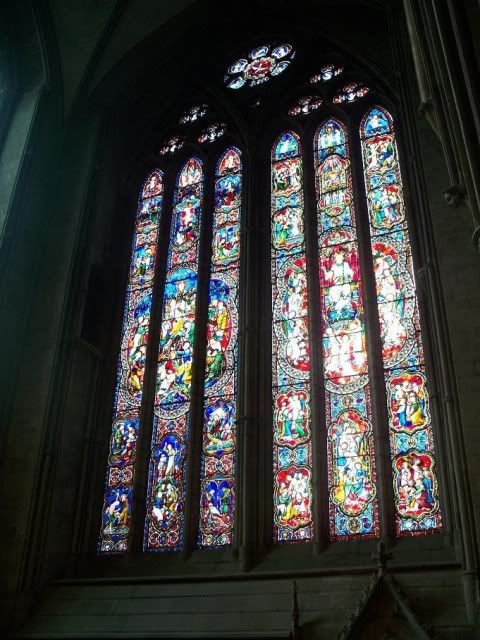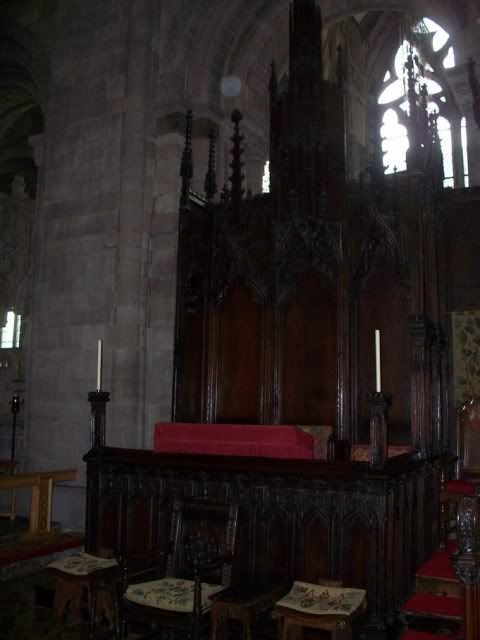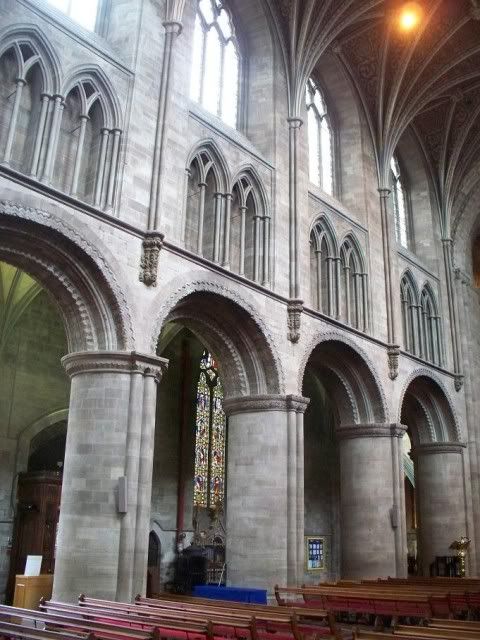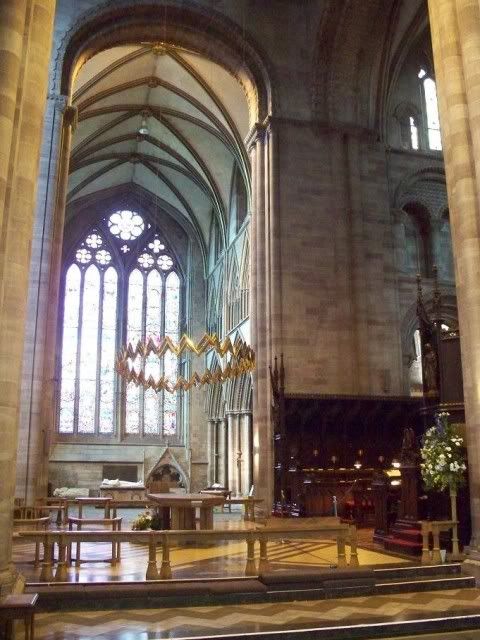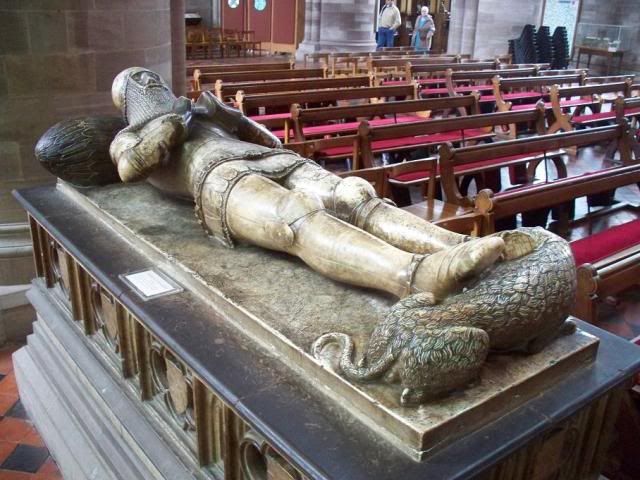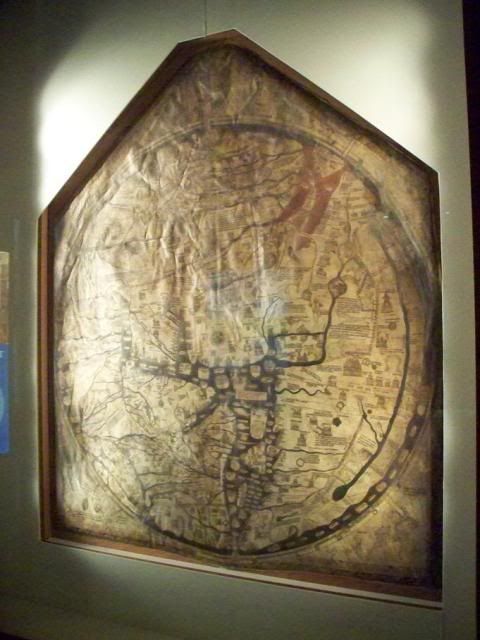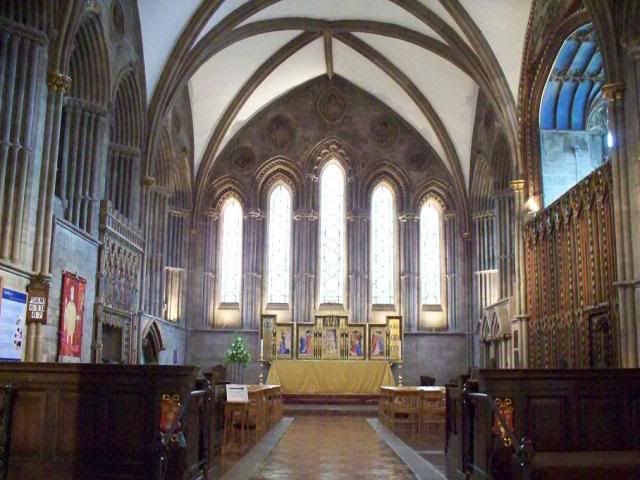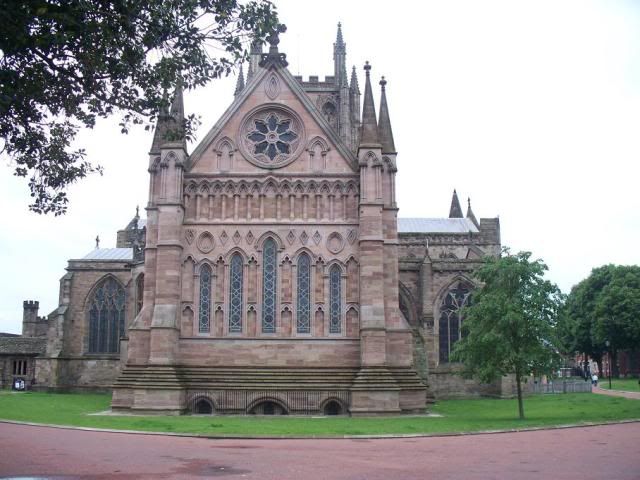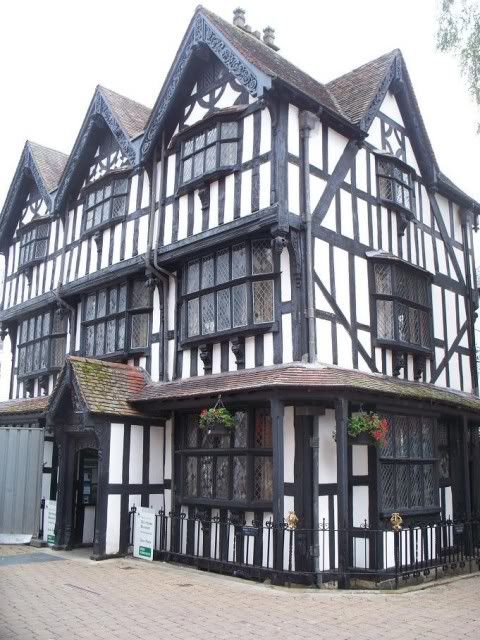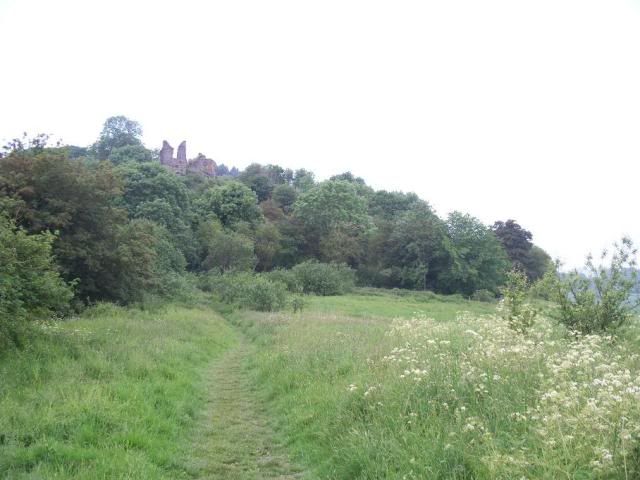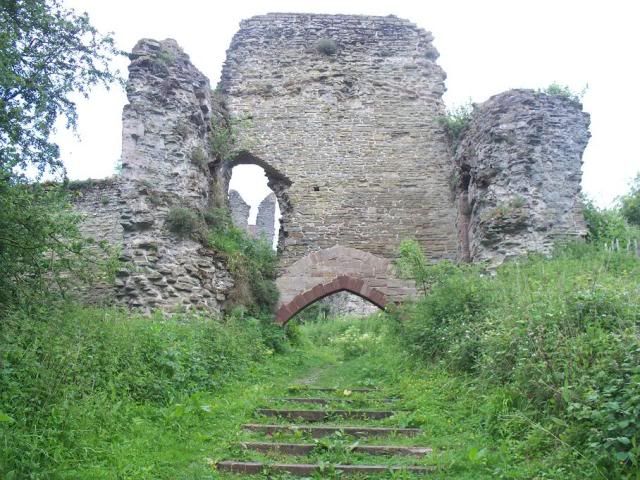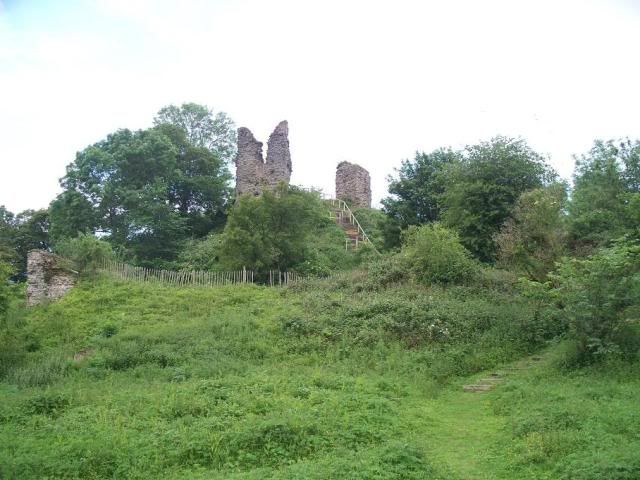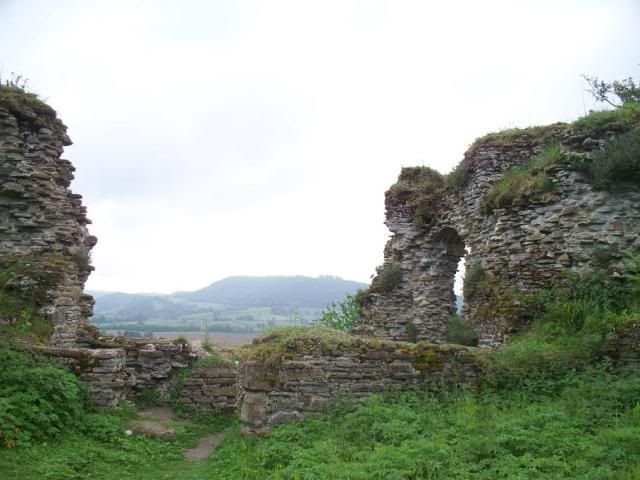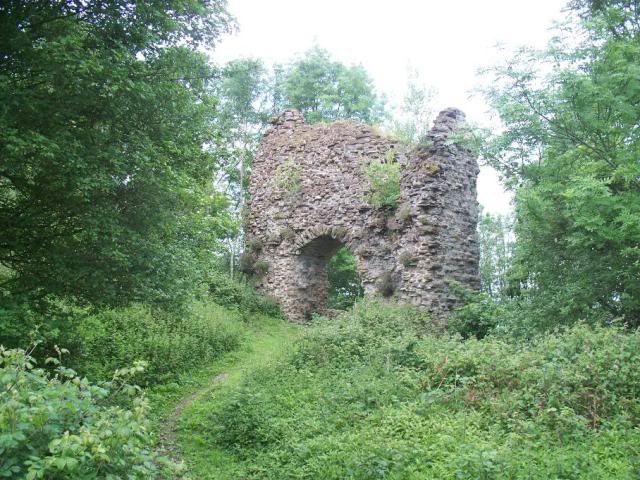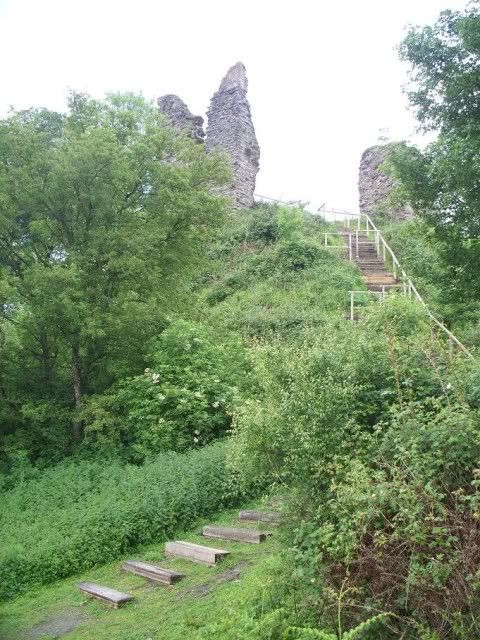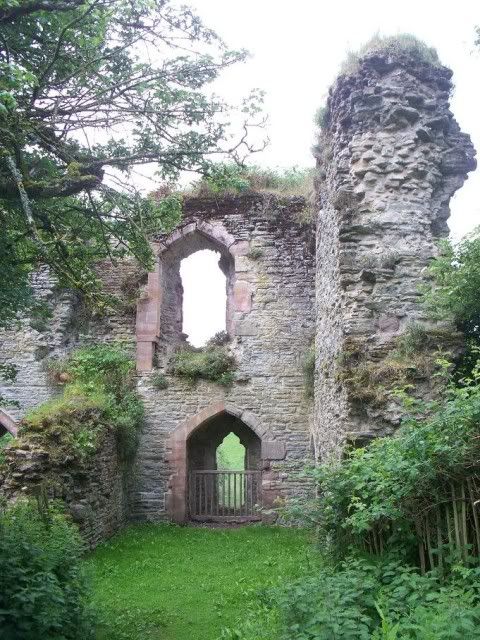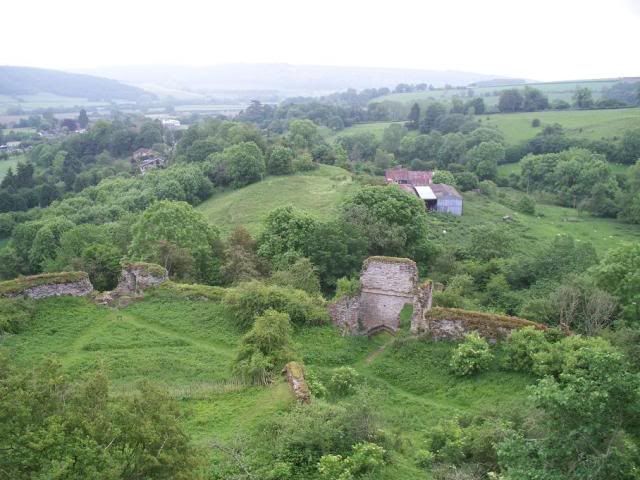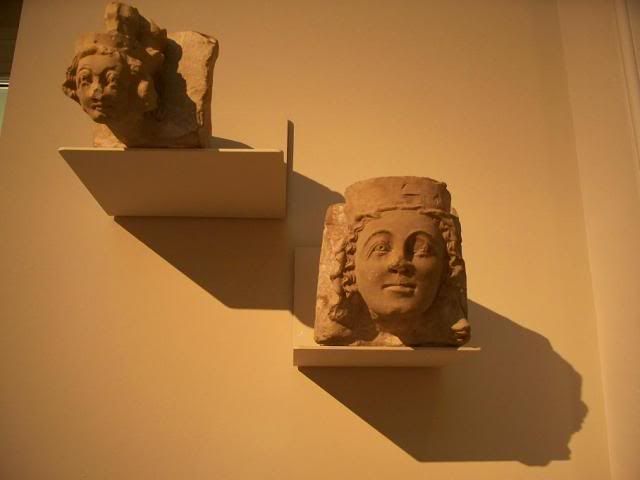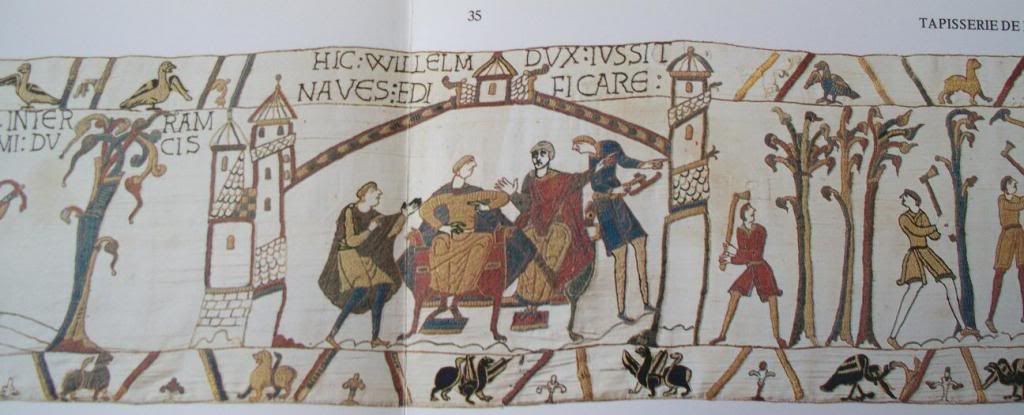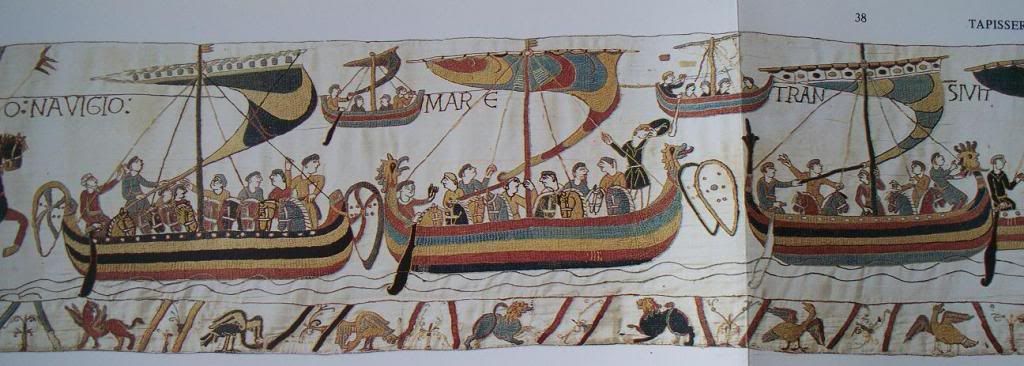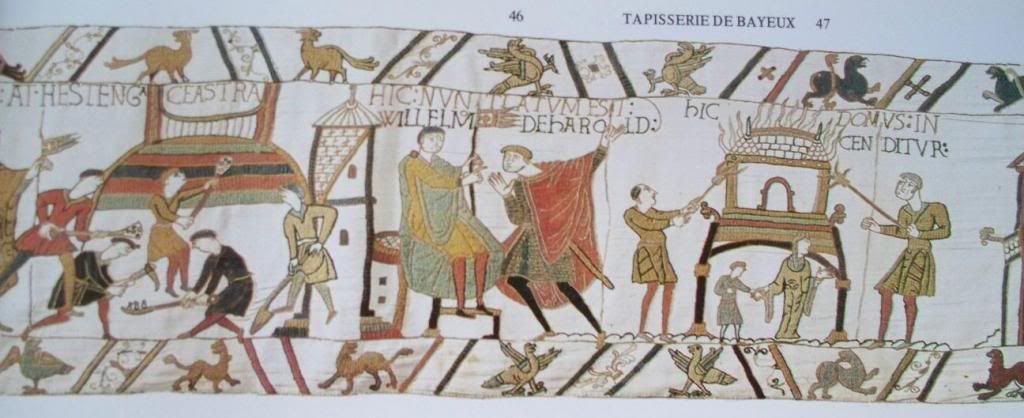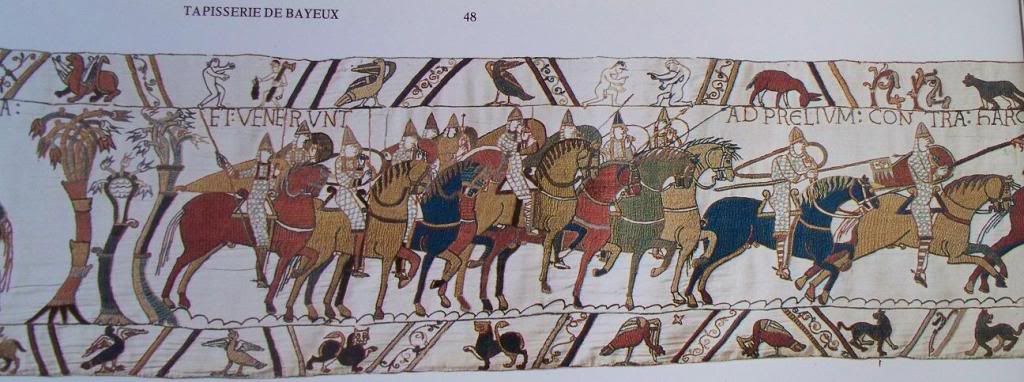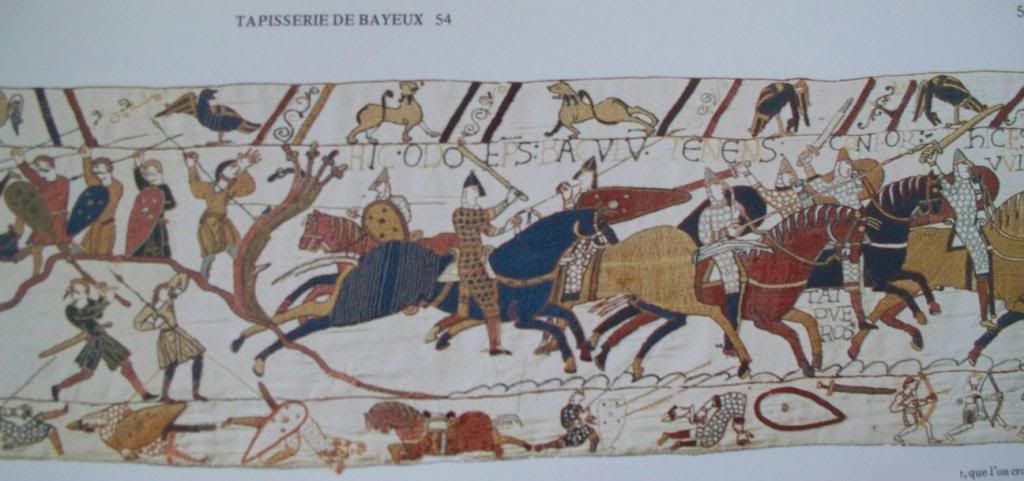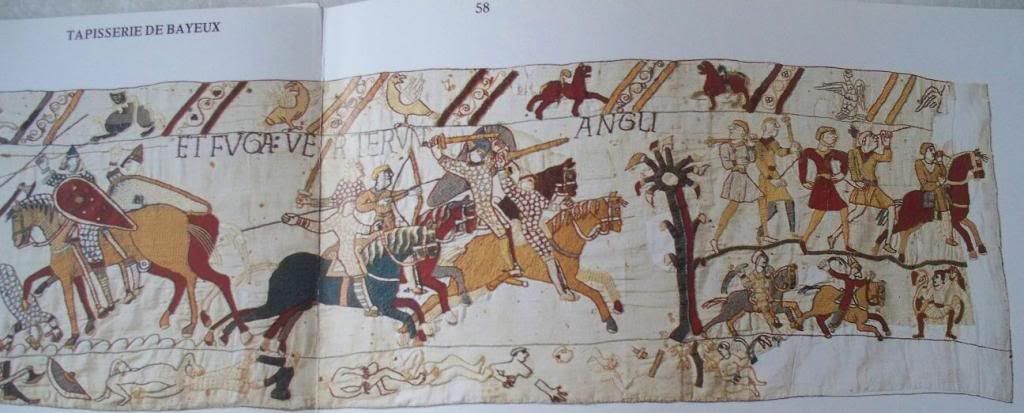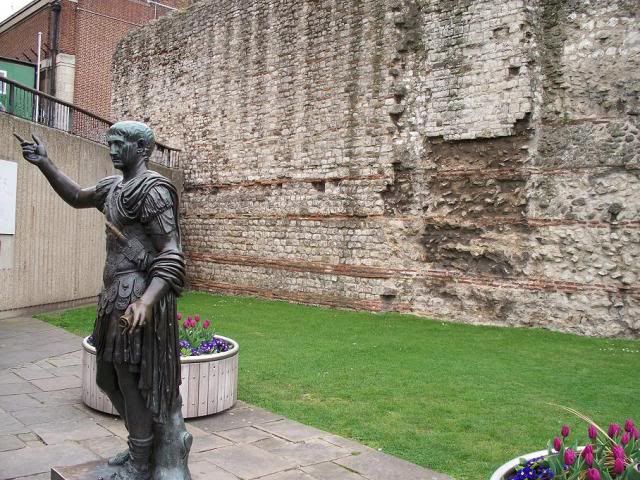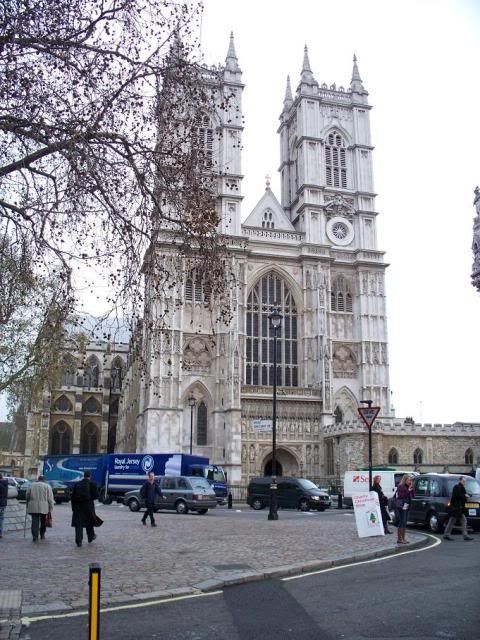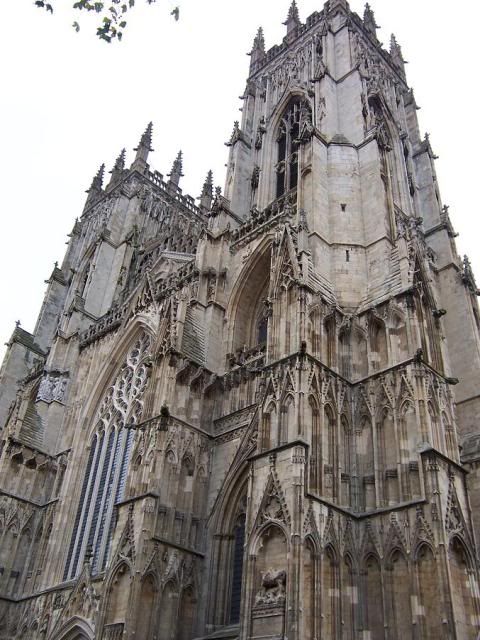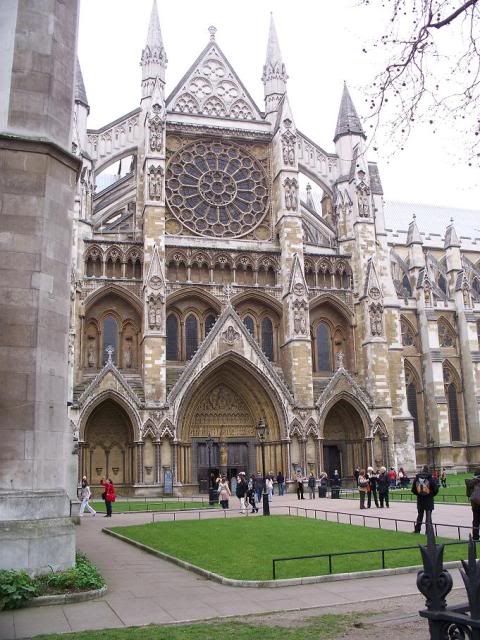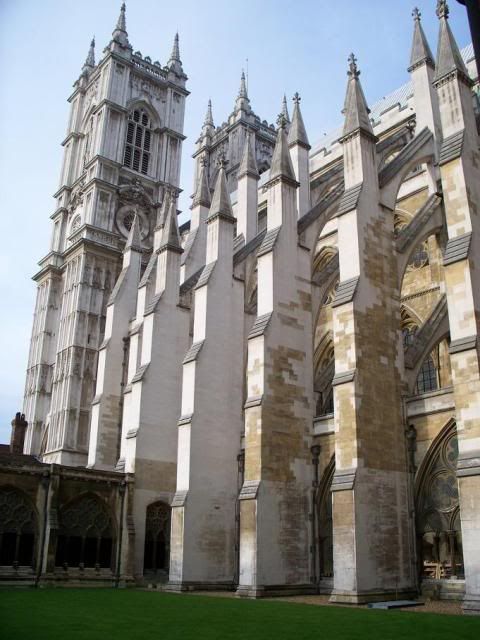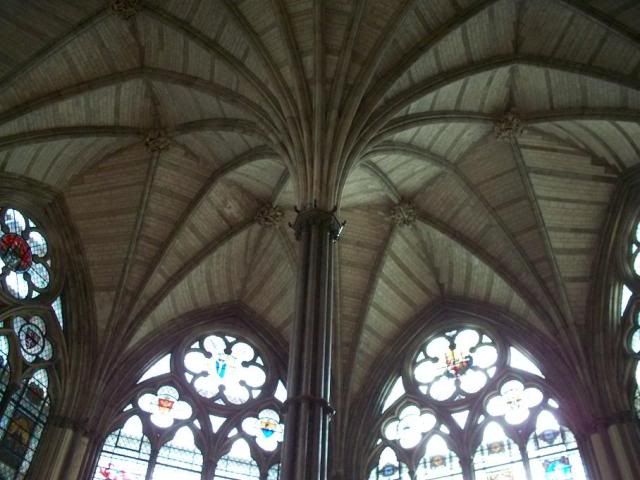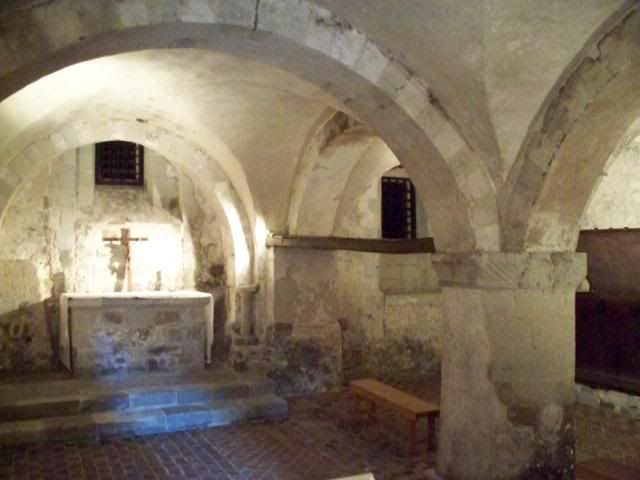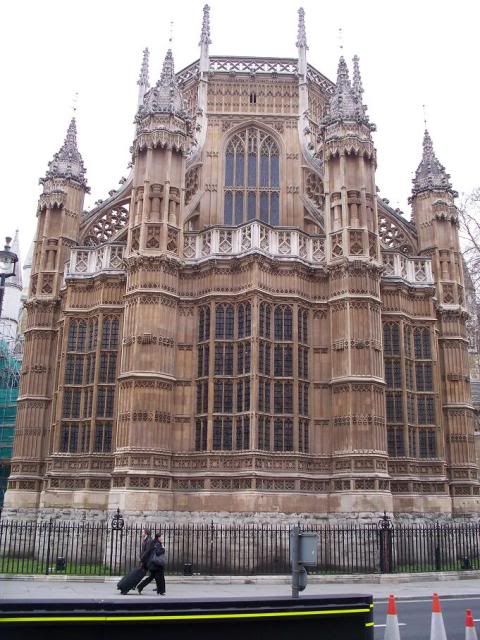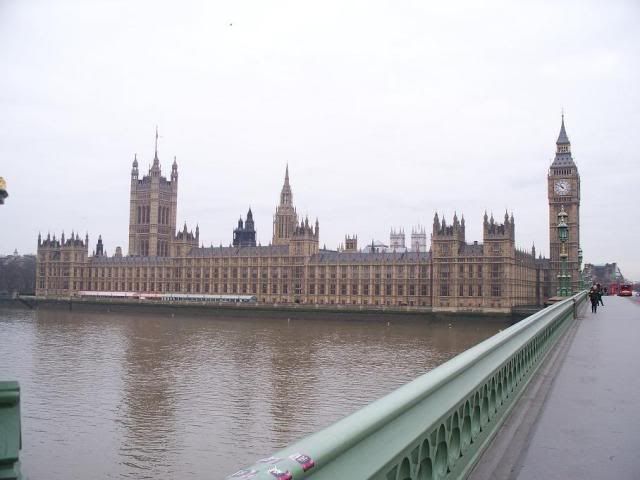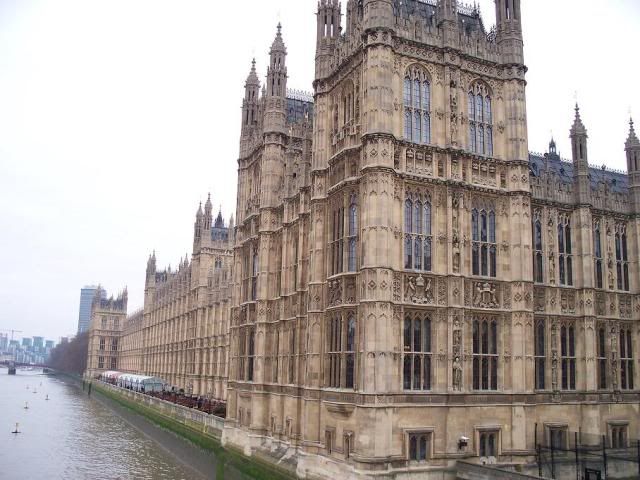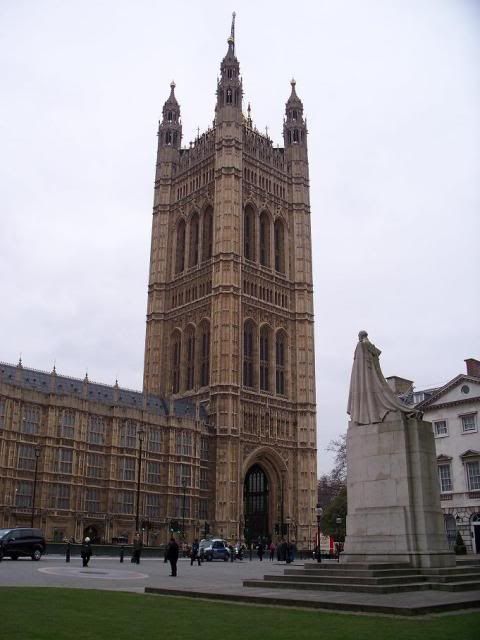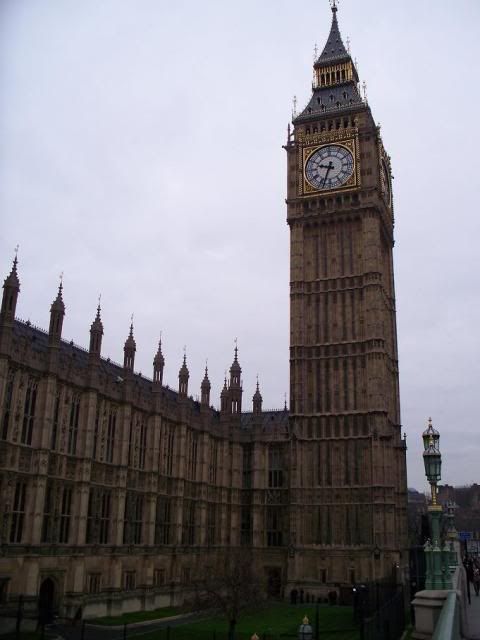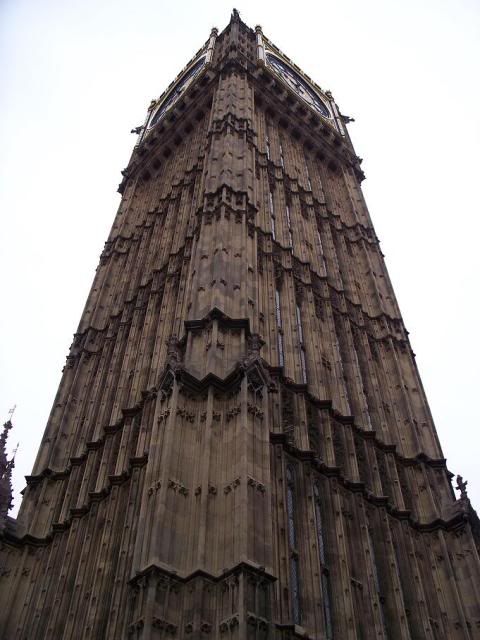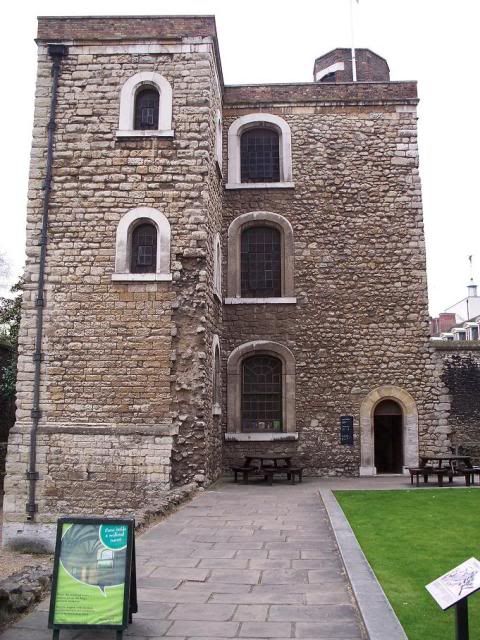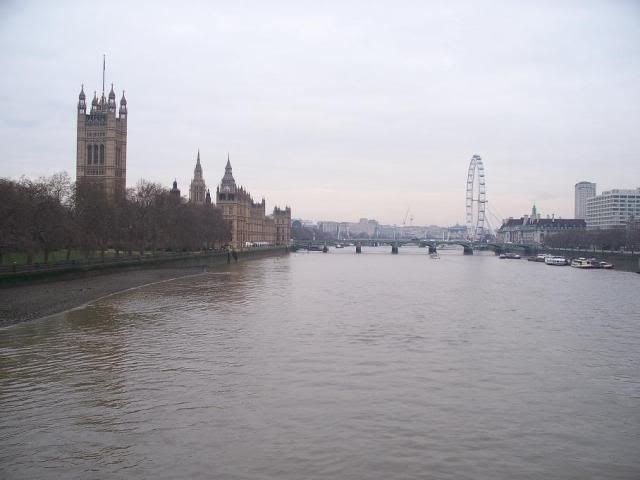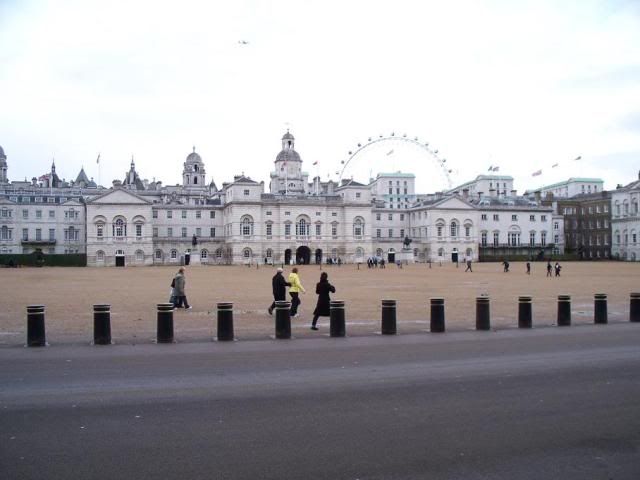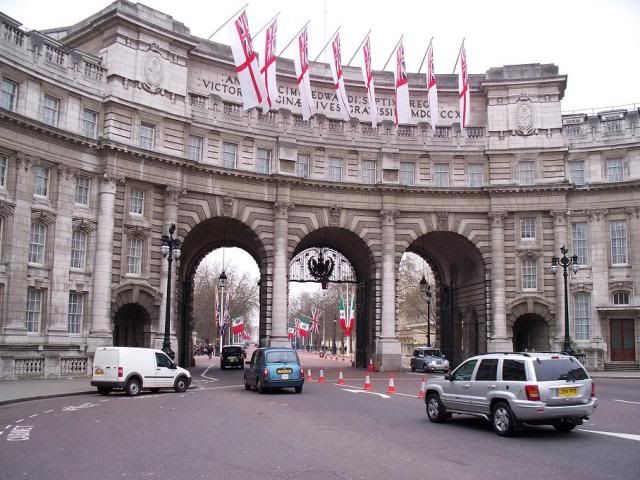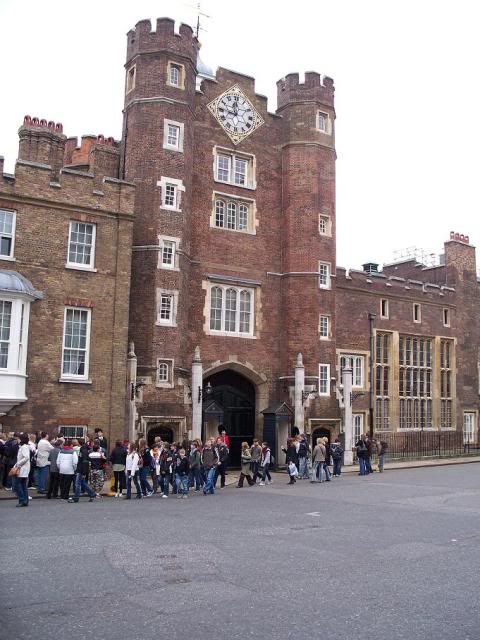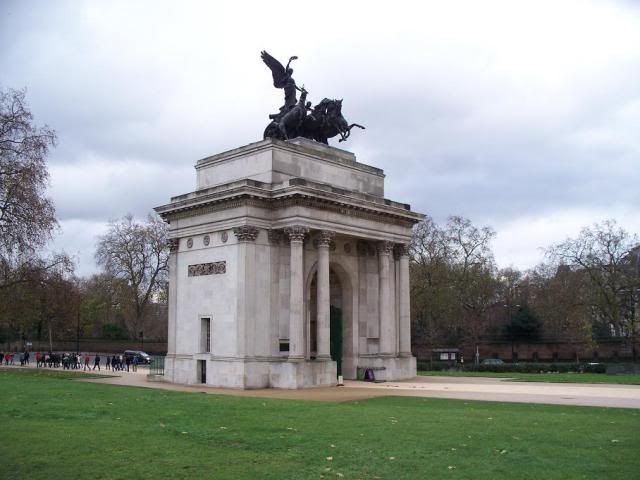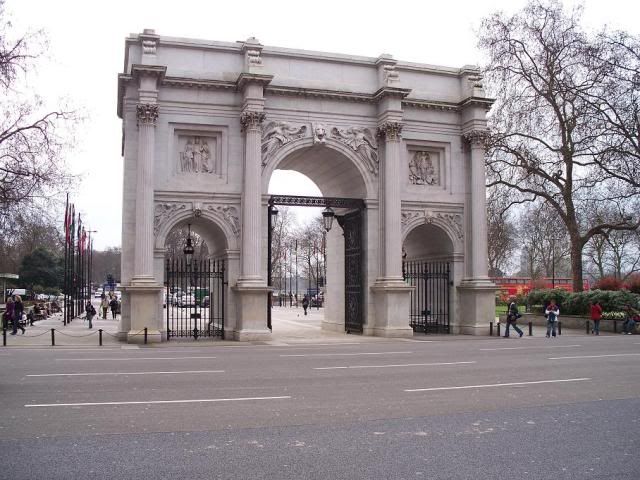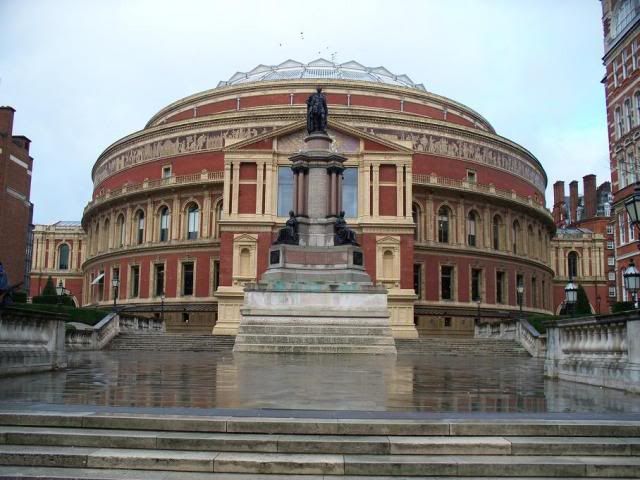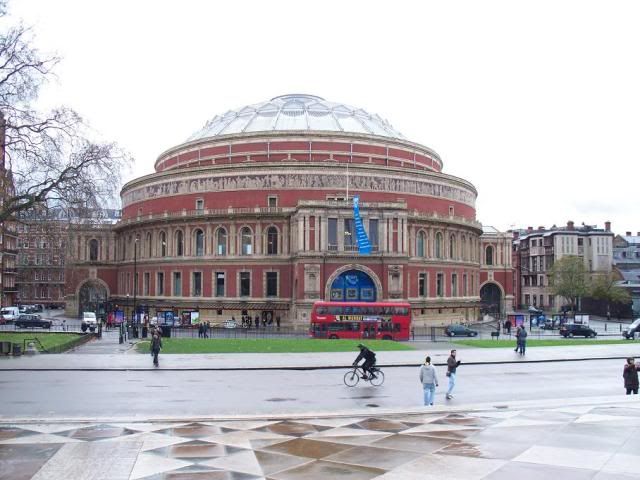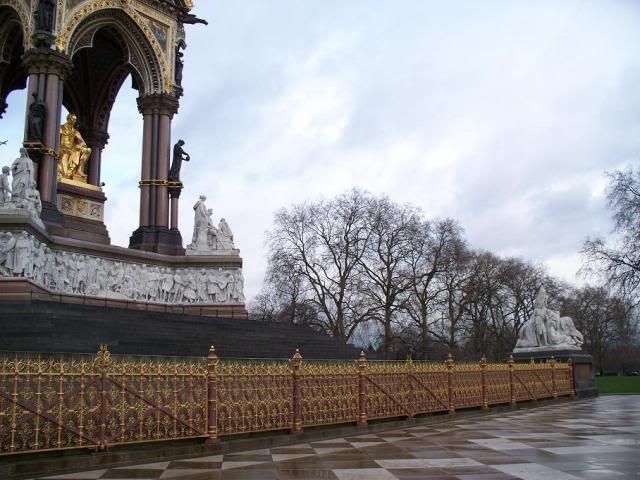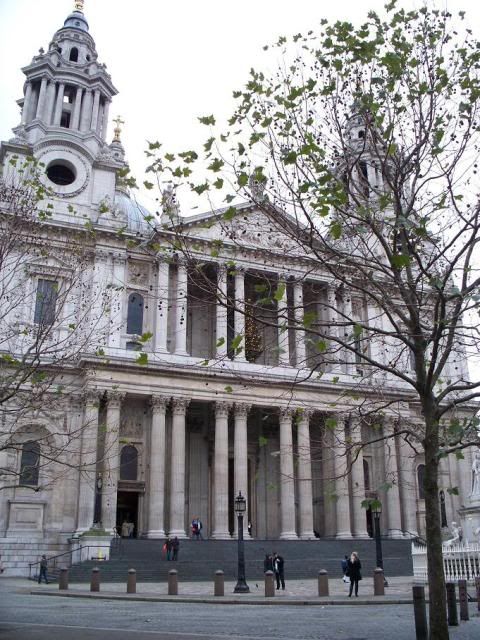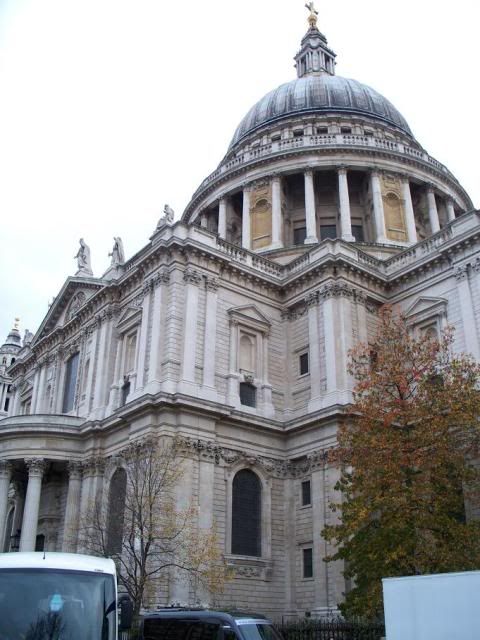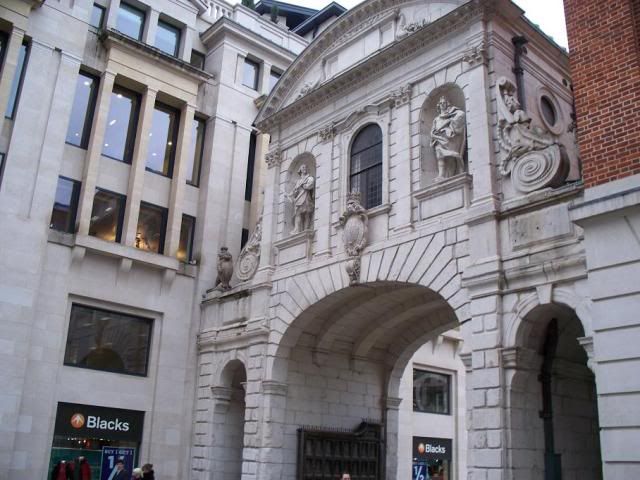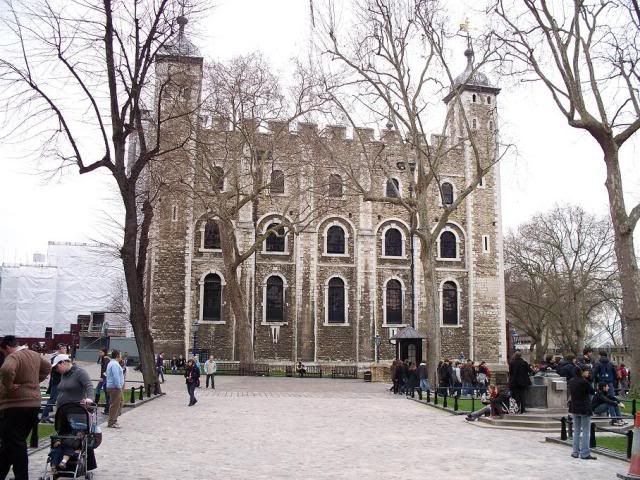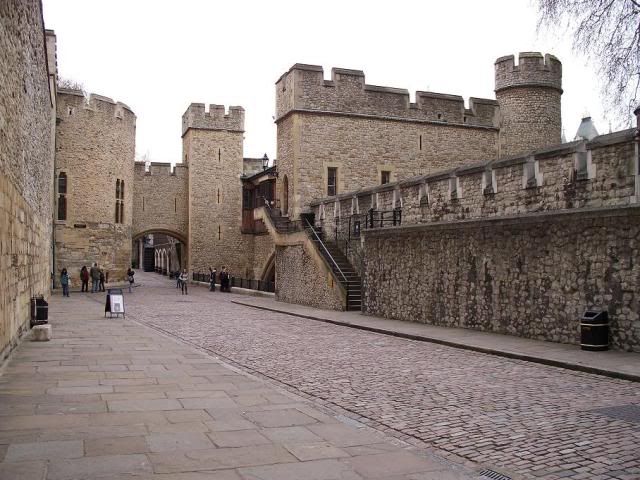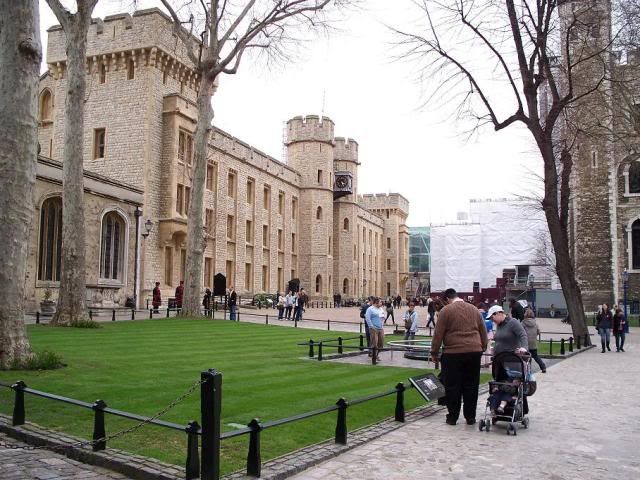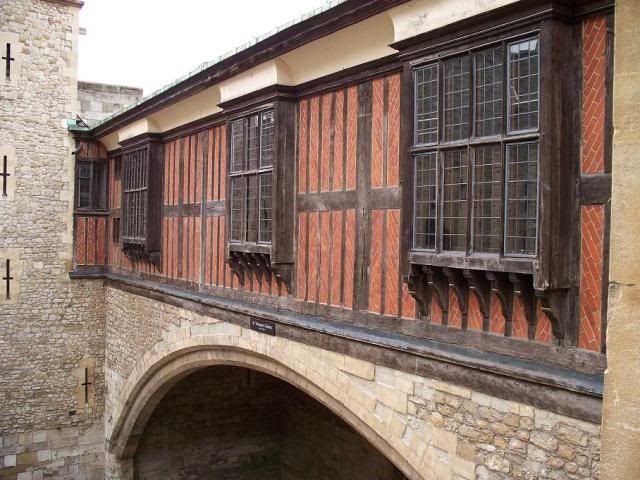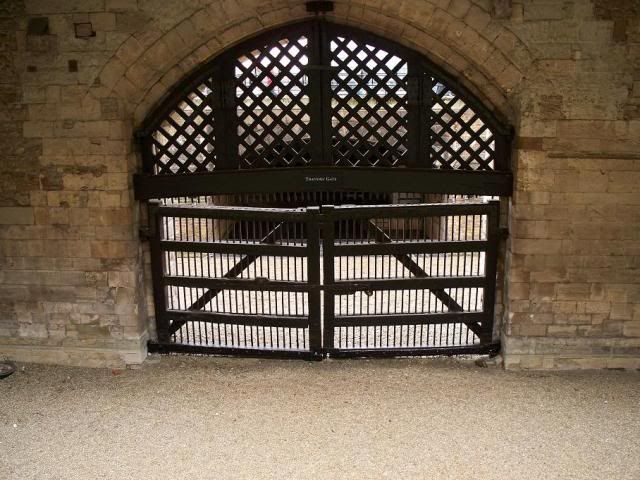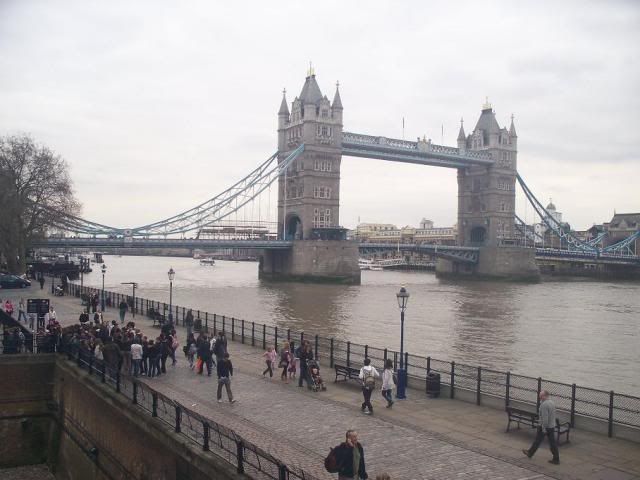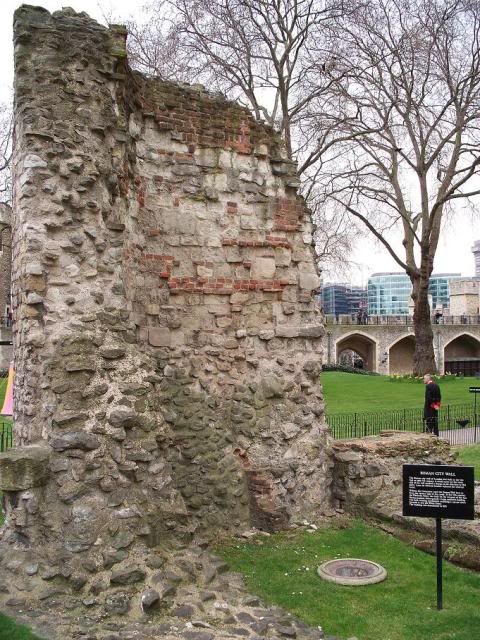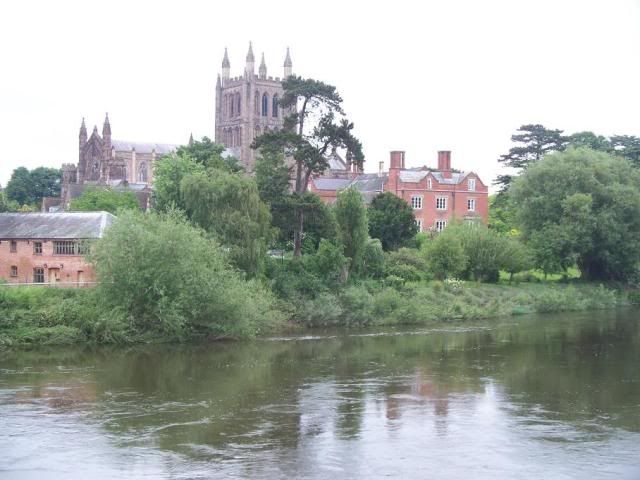
Hereford, because of its location, has often been caught between the English and raids from the Welsh, which is presumably what led to the foundation, in the Saxon era, of Hereford Castle, one of the first castles to be built in the country sometime in the early 1050s by Ralph 'the Timid', the French-born Earl of Hereford who came over from Normandy with Edward the Confessor when the latter was made King of England in 1042. Upon Ralph's death in 1057, the Earldom was held by Harold Godwinson, then Earl of East Anglia, who set about re-fortifying the castle and city defences against the Welsh almost immediately.
^ Castle Green, the site of Hereford Castle
Things, of course, didn't end well for Harold when he was made King in 1066, and following the Battle of Hastings in October that year, the Earldom passed to William fitzOsbern, one of William the Conqueror's closest friends and advisers, presumably with the proviso that he continue the conquest in the midlands and into Wales (Earl of Hereford also included Gloucestershire, Worcestershire and Oxfordshire). William was a fabulously landed man, with vast estates in Normandy and across newly-conquered England, including the Isle of Wight. fitzOsbern was actually the man King William chose to act as regent when he himself was off in France. The creation of fitzOsbern as Earl of Hereford was possibly the first peerage of England in the modern sense, and he was certainly the first Marcher Lord. These chaps, as previously mentioned, were incredibly powerful landowners charged with subjugation in their respective jurisdictions, and able to administer the law as they saw fit, tax the populace, create boroughs and markets, and hunt in the forests. The men given these powers were William the Conqueror's trusted advisers, and the only way they would lose these powers to the King, outside of forfeiture for treason, was through escheat, by dying without an heir. The Earldom of Hereford was, oddly, the first of these to be lost in 1075. William died at Carisbroke Castle on the Isle of Wight in 1071, following the Battle of Cassel in Flanders, and was succeeded by his son Roger de Brateuil (another of William's titles had been Lord of Brateuil in Normandy), who did not keep on such good terms with King William, marrying his sister Emma to the Earl of Norfolk against the King's wishes. The two earls rebelled against William, but the revolt collapsed when Bishop Wulfstan of Worcester prevented Roger from joining his strength to Norfolk. fitzOsbern must have been so disappointed.
During the Anarchy, when the country was split between King Stephen and Empress Matilda, the castle at Hereford was besieged twice, and the city sacked at one point. When the Earldom of Hereford was recreated in 1141, the castle remained a royal possession, and it was from here that Henry IV staged attacks against the Welsh during the Owain Glyndwr rebellion. During the Civil War, the castle was held for King Charles, but isn't really talked about, presumably the war just passed it by. The city itself was besieged numerous times during the course of the war, as it changed hands between the two sides. The Wye Bridge, built in 1490 and for centuries the only crossing of the river into the city, was partially demolished in 1645 to prevent the Parliamentarians from taking the city. It was later rebuilt, of course, with pointed arches, as seen in the right of this picture:
By 1650 it was being dismantled to use the stone elsewhere in the city, and in 1726 the ruins were ordered pulled down to create the parkland that survives to this day, part of the moat being retained as Castle Pool:
Hereford is, of course, more famed for its spectacular cathedral, built from 1107 on the site of a much older sacred space, the diocese of Hereford traditionally believed to have been created in 676. The Saxon Cathedral was destroyed in the Welsh raid of 1055, and the present building was begun over the course of 1107-58 in the Romanesque style.
The Cathedral was never a monastic abbey, but governed by a Dean and Chapter in a system that is largely the one used in Anglican establishments to this day. As such, it was pretty much left alone during the dissolution of the monasteries, immediately becoming a cathedral of the Church of England.
Cathedral, as you may or may not know, comes from the Latin "cathedra", which means a "seat", which is used in terms of the centre of the diocese, but there is also a literal meaning here, as the Bishop's Cathedra is a ceremonial seat used by the Bishop to give teachings from:
Anyway. Disaster struck the cathedral at Hereford in 1786, when the western tower fell down, destroying part of the nave up to the quire. The repair work was carried out by James Wyatt, the man responsible for the tremendous Fonthill Abbey in Wiltshire, one of the bastions of silliness in Gothic Revival architecture.
The great Victorian church-restorer George Gilbert Scott worked on the cathedral in the 1850s, and the West Front was altered to be more in-keeping by his son John Oldrid Scott.
There is a lot of good stuff in the cathedral, such as this effigy of Sir Richard Pembridge, one of the first Knights of the Garter, created under Edward III (the garter can be seen just below his left knee):
Probably the most famous thing in the cathedral, however, is the Mappa Mundi, dating to about 1300 and which hung innocuously on the wall in the North Quire Aisle for years. Centred on Jerusalem, of course, the map not only shows with often-alarming accuracy the continents, but also the supposed inhabitants of these far-off lands, such as people with no heads, whose faces are in their chests. Such monsters were genuinely believed to live in these lands, and when Marco Polo travelled to the Orient in the fifteenth century, he was genuinely baffled as to why the people who inhabited China were ordinary men. As for the Chinese, they were confused as to why the Europeans weren't horrific in appearance.
Hereford also has a world-famous Chained Library - a library where the books are chained to the shelf to stop you stealing them. It was originally kept in the Lady Chapel up at the east end, but was moved during the Victorian era to allow the strange airiness of the space here to be seen:
The Lady Chapel, one of the earliest examples of English Gothic, does have a strangely alien feel compared with the rest of the Cathedral, presumably because of its much lower ceiling. Even the exterior looks like a later addition than the 1220s:
For the heritage hunter, Hereford also has the Old House, on the High Street:
Part of a much longer row of shops and dwellings when it was built in 1621, it now stands sadly forlorn in the centre, surrounded by much more modern buildings. It remains as a museum to Jacobean life.
Earlier, I mentioned William fitzOsbern. A very powerful man like that has of course left a very visible reminder of his time in the world, one of which is the nearby border castle at Wigmore.
The earldom of course passed into the hands of the crown with the forfeiture in 1075, and the castle at Wigmore was almost immediately given by William to his supporter, Ranulph de Mortimer. Wigmore Castle became the Mortimer family seat in England.
Perhaps the most famous Mortimer was Roger, 3rd Baron Mortimer and the first Earl of March, a title created for him in 1328. Roger Mortimer was a central figure in the events of the 1320s, particularly the Despenser War, where he was one of the leading barons who opposed Edward II's favouritism of Hugh Despenser the younger. During this time, Roger became the lover of Queen Isabella, Edward II's estranged consort, and is alleged to be the man responsible for the murder of Edward II in 1327, reputedly killed by a hot poker up the bum. This story is largely believed to be a fabrication, and it is not actually known how Edward died. Edward's son was crowned Edward III but Queen Isabella and Roger ruled during this time, until Edward III asserted his independence in 1330 by arresting both and hanging Mortimer at Tyburn.
Wigmore Castle was seized by the crown at this time, but restored to the Mortimers in 1343, along with the title of Earl of March in 1355. Roger's great-grandson Edmund married into the Plantagenet dynasty, marrying the granddaughter of Edward III and so giving the Mortimers a claim on the English throne. The third Earl of March, Edmund's daughter Elizabeth married Sir Henry 'Hotspur' Percy, known as one of the most famous soldiers of his day and who rebelled against Henry IV at Shrewsbury in 1403. Edmund's son, another Roger, was named heir presumptive to Richard II in 1385. After the usurpation of Richard by Henry of Bolingbroke, later crowned as Henry IV, the Mortimers lost this place in the succession. A plot was begun in 1415 to kill Henry V before he could leave England for Agincourt and replace him with Roger's son, another Edmund.
The plot failed, but forms part of the basis for Shakespeare's Henry V.
With the death of this Edmund, the Mortimer line came to an end, and Wigmore passed, along with the title of Earl of March, to the Duke of York, his nephew. This Duke of York is a very significant chap, as he is essentially the cause of the Wars of the Roses, having a stronger claim to the throne than Henry VI, who was already mentally ill. But that's a subject for another day!
Wigmore Castle remained a royal castle once Edward IV was crowned King after the battle of Towton. It wasn't kept as well as other royal properties, however, and was sold under Elizabeth I to a local family, who made it indefensible during the Civil War to prevent it being used. Since then, it has been allowed to decay quietly, becoming overgrown with woodland.
As it is presented today, Wigmore Castle looks almost exactly like most ruins did in the eighteenth century onwards - overgrown and remote, almost inaccessible, but a haven of wildlife of all descriptions. Masonry that has fallen down is left in situ, overgrown - the gateway entrance survives to its full height, but only the top 5ft or so is visible. As such, it presents to me something of a thorny problem: the castle is an extremely important site in English history, and deserves to be thoroughly studied and explored, but to do so would be to damage the ecosystem beyond repair that has matured here for centuries. It is an interesting experiement in heritage management and presentation, being drastically different from the usual manner of stripping back entirely the undergrowth, and carefully mowing the lawns etc, but I find myself wishing it was an experiment that could have been carried out somewhere else!
^ two carved corbels from Wigmore Castle, now held in the British Museum.
